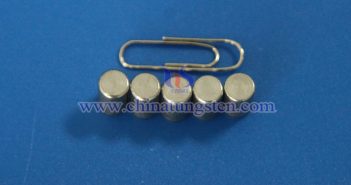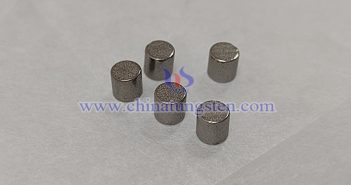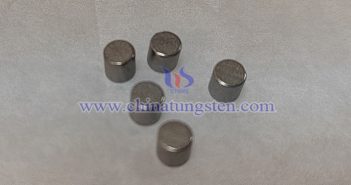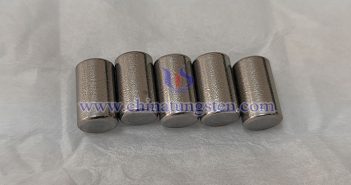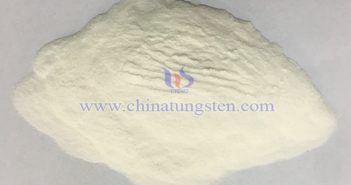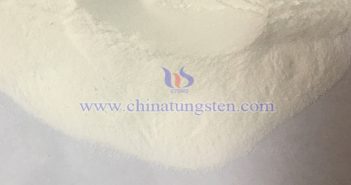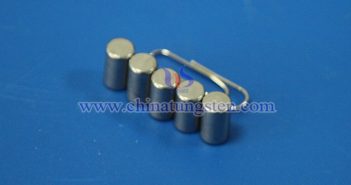
High-intensity discharge (HID) lamps commonly used in road lighting, such as high-pressure sodium (HPS) lamps and metal halide (MH) lamps, typically employ barium tungsten electrodes (or barium tungsten cathodes) as electron-emitting materials. These electrodes exhibit outstanding performance under high-temperature and high-current conditions, serving as a critical component to ensure the efficient and stable operation of lighting systems. I. Composition and Characteristics of Barium Tungsten Electrodes 1. Material Composition: Barium tungsten electrodes are composite materials composed of a high-melting-point tungsten (W)…

